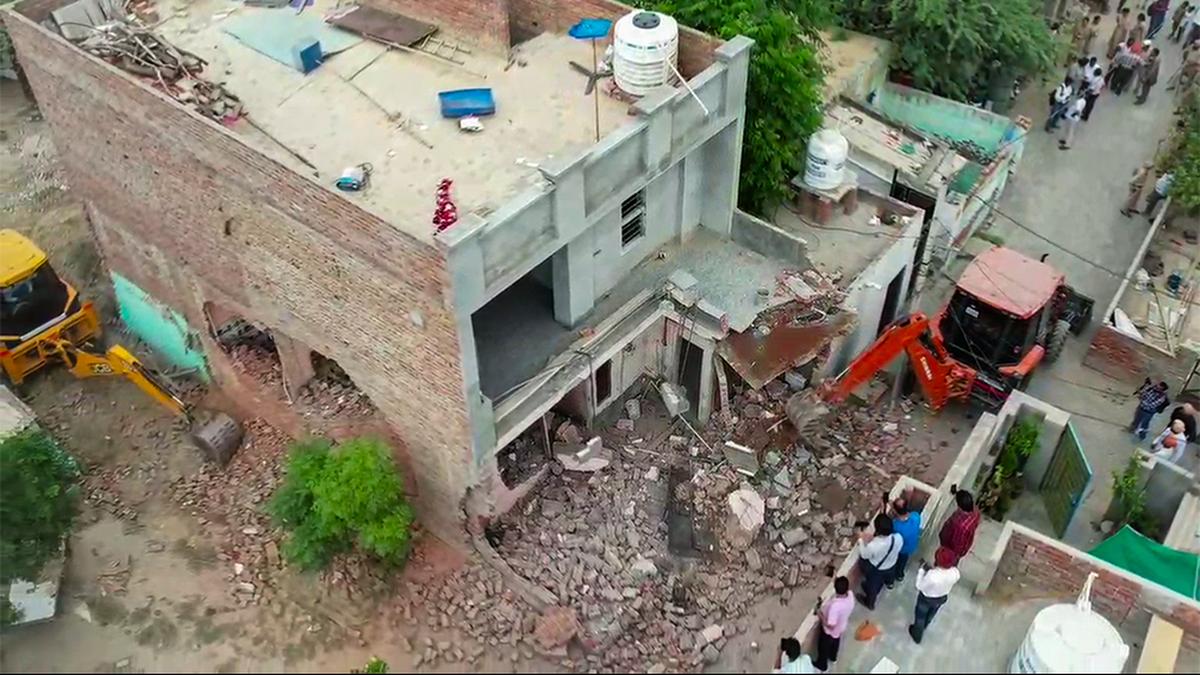ARTICLE AD BOX
Last Updated:June 22, 2025, 04:15 IST
The discovery comes from a 15th-century Vijayanagara copper plate inscription, dated June 28, 1456 CE

What makes this inscription exceptional is its detailed reference to a bright celestial object visible at the time, which historians and astronomers have identified as Halley's Comet. Image/X
A remarkable archaeological discovery at the Mallikarjuna Swamy Temple in Srisailam, present-day Andhra Pradesh, has seemingly revealed India’s earliest known epigraphic mention of Halley’s Comet. This discovery comes from a 15th-century Vijayanagara copper plate inscription, dated June 28, 1456 CE.
The copper plate inscription records a land grant by Vijayanagara king Mallikarjuna to a Vedic scholar, says a report in The New Indian Express. What makes this inscription exceptional is its detailed reference to a bright celestial object visible at the time, which historians and astronomers have identified as Halley’s Comet. Astronomical data confirms that Halley’s Comet was spectacularly visible during the summer of 1456, marking one of its historically significant apparitions observed in Europe and Asia. The inscription’s date corresponds to Śaka 1378, dhātr̥ āṣāḍha ba. 11 in the Indian calendar, which translates to Monday, June 28, 1456 CE, matching the comet’s known appearance.
While ancient Indian texts like the Rigveda, Atharvaveda, and Brihat Samhita contained metaphorical references to comets, none offered a specific date for an actual astronomical event. This Srisailam inscription is the earliest concrete epigraphic reference to Halley’s Comet in India, providing evidence of its observation and the cultural importance ascribed to it during the Vijayanagara period. Written in classical Telugu with parts in Sanskrit, the inscription follows the traditional copper plate grant format of the time. Including the astronomical event alongside details of the land grant indicates that such celestial phenomena were significant enough to be recorded in legal, religious, and administrative documents.
The inscription notes that the land grant was made to Vedic scholar and astronomer Limgaṇarya to counteract the perceived negative effects of the comet’s appearance and an associated meteor shower, reflecting the ruler’s concern for his kingdom’s well-being. Halley’s Comet, last seen in 1986, is expected to return in 2061.
The News Desk is a team of passionate editors and writers who break and analyse the most important events unfolding in India and abroad. From live updates to exclusive reports to in-depth explainers, the Desk d...Read More
The News Desk is a team of passionate editors and writers who break and analyse the most important events unfolding in India and abroad. From live updates to exclusive reports to in-depth explainers, the Desk d...
Read More
- Location :
- First Published:
News india 600-Year-Old Inscription Found In Andhra Temple Refers To Sighting Of Halley's Comet



.png)
.png)
.png)
















 3 hours ago
5
3 hours ago
5









 English (US) ·
English (US) ·